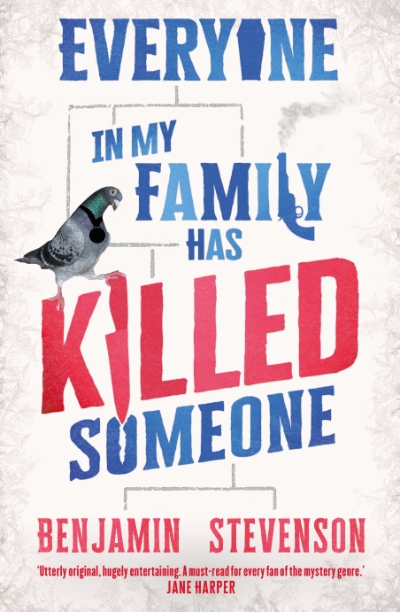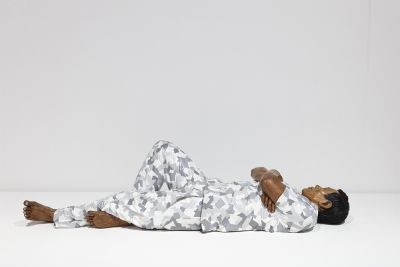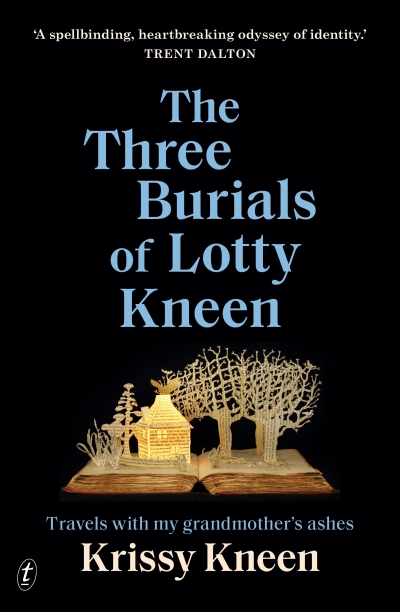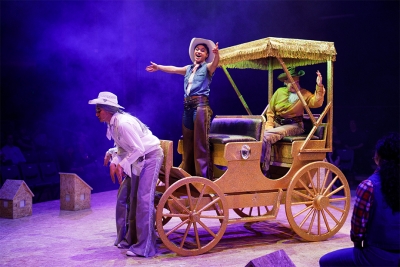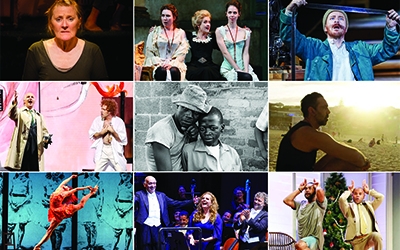Francesca Sasnaitis
Everyone in My Family Has Killed Someone by Benjamin Stevenson
The opening weekend of The View from Here at the refurbished Art Gallery of Western Australia (AGWA) happened to coincide with the Perth International Jazz Festival. The city was abuzz with crowds enjoying long delayed sunny skies and free open-air jazz concerts. Scaffolding had disappeared from AGWA’s façade just in time.
... (read more)Paige Clark’s She Is Haunted (Allen & Unwin, $29.99 pb, 264 pp) opens with the story ‘Elizabeth Kübler-Ross’, a title that alludes to the five stages of grief – denial, anger, bargaining, depression, and acceptance – that inform the rest of her début collection. Clark doesn’t explain why the narrator feels anxious about the survival of her unborn child and its father. The reader is left to assume that the prospect of too much undeserved happiness impels her to embark on a series of amusing and escalating bargains with a capricious God. That the narrator bears the losses with equanimity is indicative of the deadpan humour with which Clark deflects serious matters.
... (read more)In 1961, Ornette Coleman was scheduled to play in Cincinnati. According to one story, the concert turned into a near-riot after patrons refused to pay, having observed the marquee out front billing the performance as ‘Free Jazz’. Whether apocryphal or not, it goes to the heart of the long-running confusion about jazz terminology. Free jazz, of course, refers to the experimental or avant-garde work of innovators, like Coleman, who rebelled against the conventions of bebop, hard bop, and modal jazz.
... (read more)The Three Burials of Lotty Kneen: Travels with my grandmother’s ashes by Krissy Kneen
Musicals remind me of watching midday movies with my grandmother in the days of black-and-white television. Years later, the revelation that many of these films were actually in colour seemed antithetical to the moral certainties they depicted.
... (read more)The Time of Our Lives: Growing older well by Robert Dessaix
To celebrate the year’s memorable plays, films, television, music, operas, dance, and exhibitions, we invited a number of arts professionals and critics to nominate their favourites.
... (read more)
